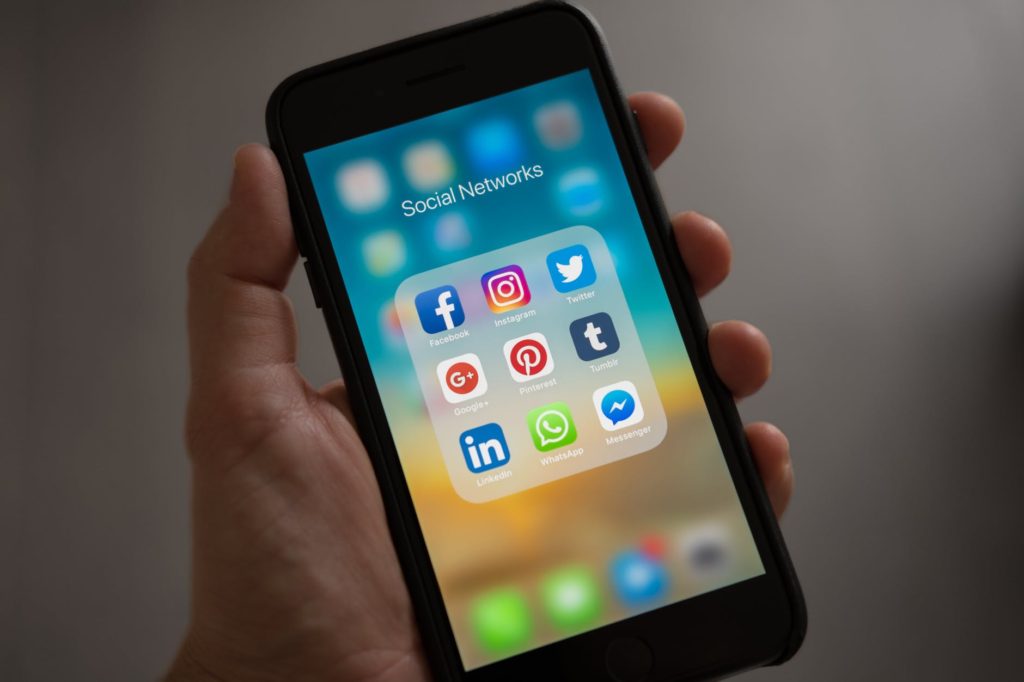You’re going on a trip abroad, and you want to get a local SIM card to get coverage on your iPhone device. There are a couple of things that you’re going to want to decipher, particularly as newer models of iPhone move away from traditional SIM cards and into a full eSIM space. In any city that’s a hot tourist spot you’re bound to find people selling local SIM cards to get coverage. A couple of things about that though, not all of these places are selling the real deal. Also, as we’ve mentioned you need to make sure that they sell you a SIM card that’s compatible with the phone that you have.
The best thing that you may be able to do to avoid these types of scams if you’re going to source your SIM card on the spot once you get to your destination is to go to an official store of a company like Vodafone or Orange. Another option that you’re going to have is to use an eSIM marketplace like Airalo. The main benefit that you’ll have from this marketplace is that you’ll know right off the bat if your phone is compatible with the options that are being sold on the site. All you’d have to do then is look for the type of coverage that you want in the country or countries that you’re visiting. Of course, you’ll reach this step once you know your phone is compatible.
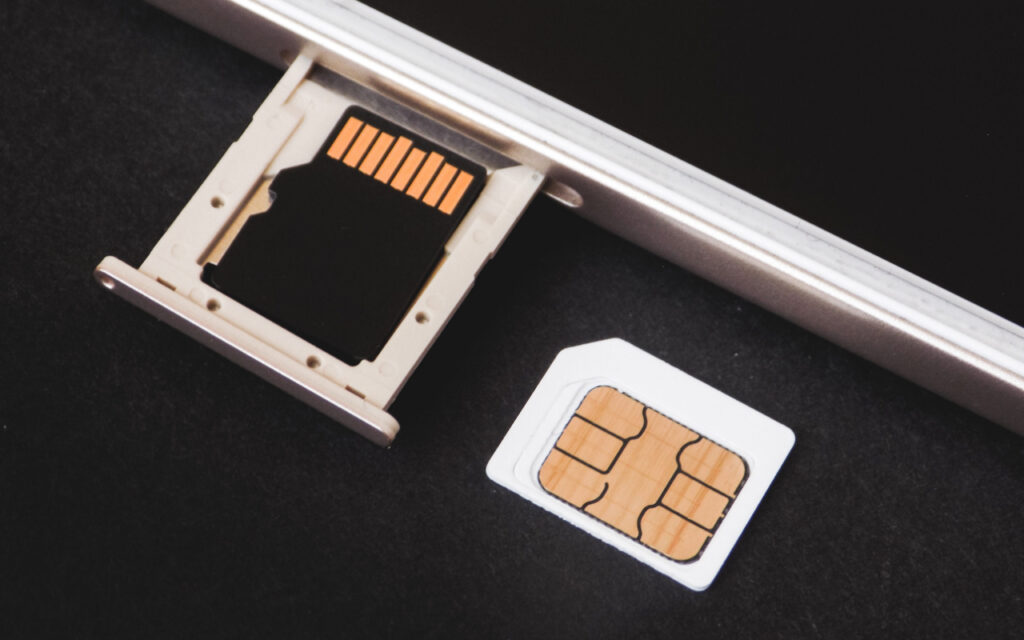
Ways To Check For Compatibility With Your Phone
The first thing that you’re going to need to do is check for phone compatibility. With apps like Airalo all you’re going to need to do is download the app and when you access it’s going to tell you if your phone is compatible with the marketplace. If you go with a traditional SIM card, the good news is that you’re usually going to be able to find one that’s compatible with your phone. The bad news in this situation might be that you arrive in a country with a phone that only accepts eSIM cards, and you head to the local service provider shop only to find out that they don’t have eSIM cards for prepaid plans.
In that case, your other alternative besides Airalo is a marketplace like SIM options. On this site you’re going to be able to now find both SIM cards and eSIM cards on sale that grant you coverage in all sorts of different countries. All of the cards that they sell on the site come with a list of phones that are going to be compatible with that particular card. In that case, all you’re going to need to do is to scroll down the list and find the model of your phone listed on there. If you don’t find your phone on the list don’t risk buying the product. On the site, you could also ask for help directly with their chat bot. Ask them which SIMs are going to be compatible for your device for a specific location!
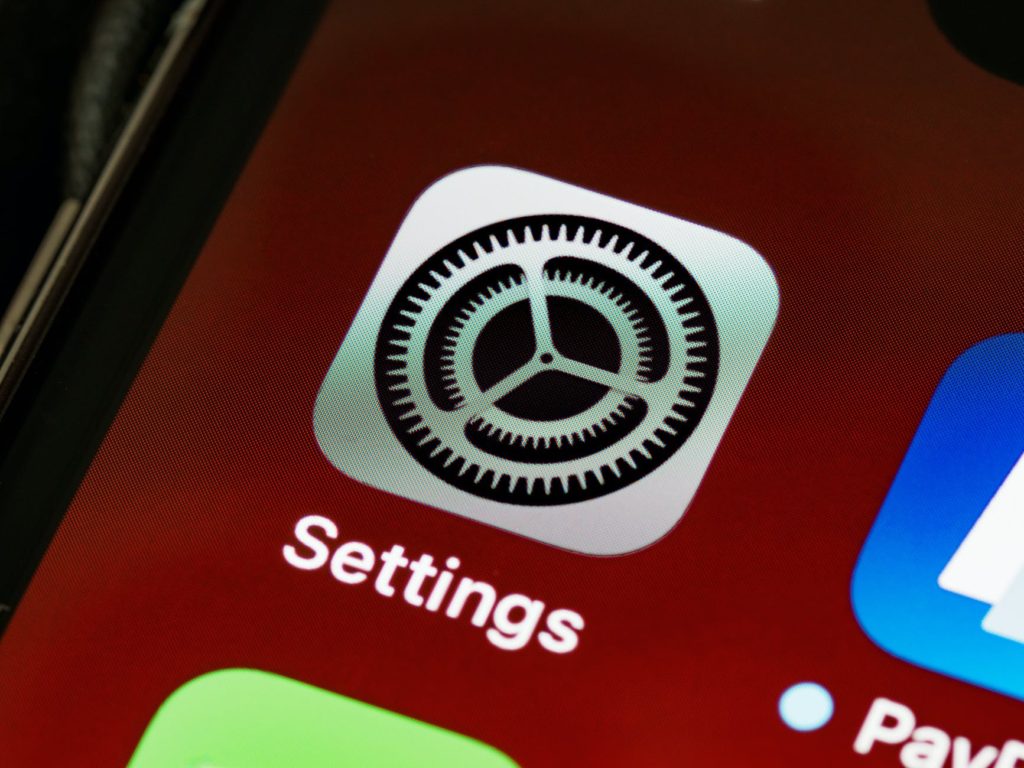
Is A Traditional SIM Card A Better Option, or Should You Look For An eSIM?
You’d think that they’d be the exact same thing. We’ve spoken about this situation in the past on this site. Technically speaking the only thing that changes is that the eSIM is now a piece of data that’s purely software based, but essentially does the same thing as a regular SIM card which is technically hardware. That is to be the connection between the wireless network and your phone. At this point in time though, we do tend to see some differences, particularly when you buy eSIM cards from some of the marketplaces that we’ve recently talked about. That’s because most of the eSIM options out there are data only.
Regular SIM cards on the other hand tend to still offer some type of call package. Of course, this is just a generalization. For the most part though, if you want to get an eSIM on a prepaid deal or that temporary basis that you need for traveling with the option to make calls you’re going to need to find it directly from the wireless service provider. In some countries all of the eSIMs that are available to get coverage in that particular place only offer data. At the end of the day it comes down to the country that you’re in and the options that are going to be available for you. Like we said, there shouldn’t necessarily be a difference between the two. You may run into some unique situations though, so be on the lookout for that.
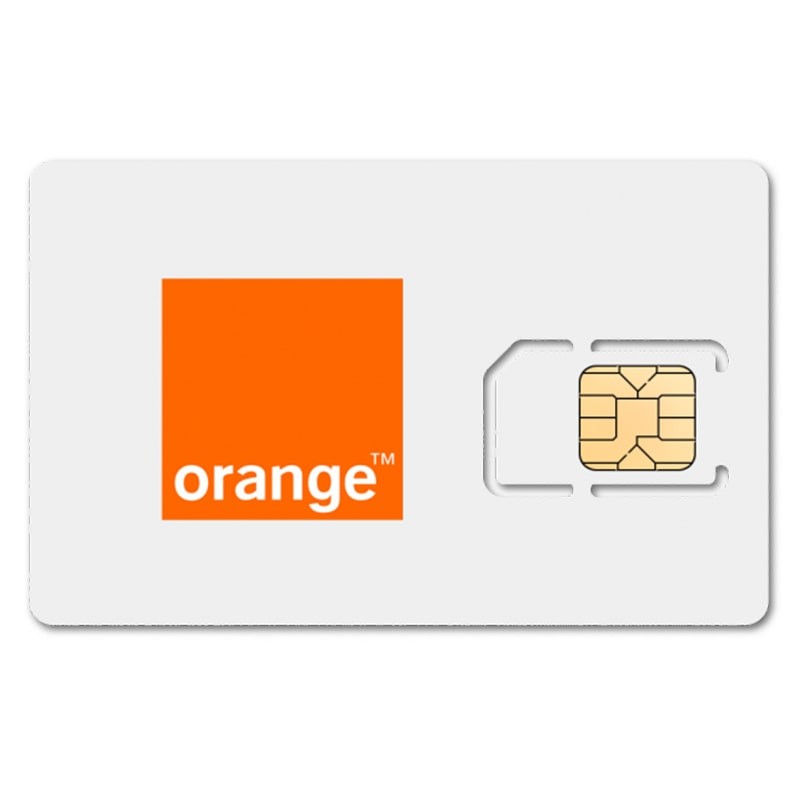
Data Only Options Versus Full Service SIM Cards
Here the obvious difference is what we’ve talking about with the “full service” SIM cards giving you call options. This is something that’s come up a lot on this site, with many service providers going to data only options. It comes down to the main way that you personally are going to be looking to communicate. What we’ve discovered is that when you’re someone who primarily uses their phone for social interactions you tend to be more willing to use apps to either message or even call. When you go into the professional interactions that’s where we’ve seen more people still looking for minutes to make traditional calls.
Even when you’re traveling though you could have a sudden need to call a landline. For example, if you need to make a reservation at a restaurant you may still have to do it the old fashion way. In that scenario having a data only plan can hurt you if you’re not able to find a way to make local calls. You’d have to use an app and things like that, making a simple process much more complex. Having said all this, we’d like to propose a scenario to better explain the situation. If you’re traveling as a family it could make sense to have data only plans on all of the phones but one. Just leave that one phone for the special situations where you may need to make a local call.
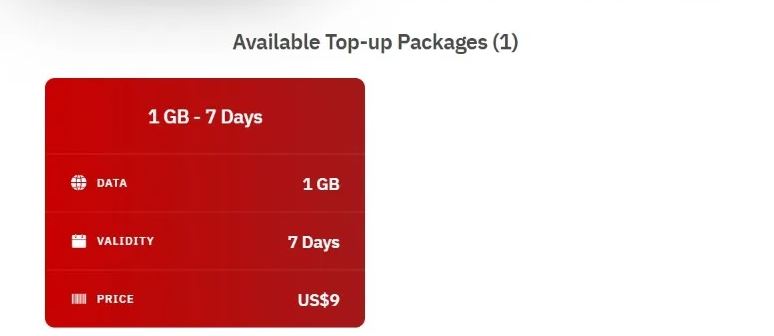
Regional International SIM Card Versus Local Options
Another thing that you’re going to come across when shopping for an international SIM card for iPhone is the option to pick a regional SIM card or a local one. The simple difference is literally in the name. Local SIM cards are usually going to be only valid in one particular country. Regional SIM cards can help you get coverage in more than one country. We can’t come out here and say that one option is completely better than the next. It comes down to the type of trip that you’re going to make and the options that are going to be out there for you. Obviously the big upside to the regional SIM card for people visiting many countries is that you won’t have to change the card throughout your entire trip.
On the flip side, if you’re just visiting one country then you won’t really care about getting coverage in other places that you’re not going to be in. Another difference that you want to account for has to do with coverage speeds. Sometimes with regional options the speed of the coverage that you get in one place will be slower than what you get in another. That usually comes down to the fact that even regional SIM cards have base local networks or different deals with networks in different countries. Before you make any purchase make sure that the SIM card is compatible with your iPhone. From there, read the fine print and figure out what type of coverage speed you can expect to get in the countries that you’re going to visit.
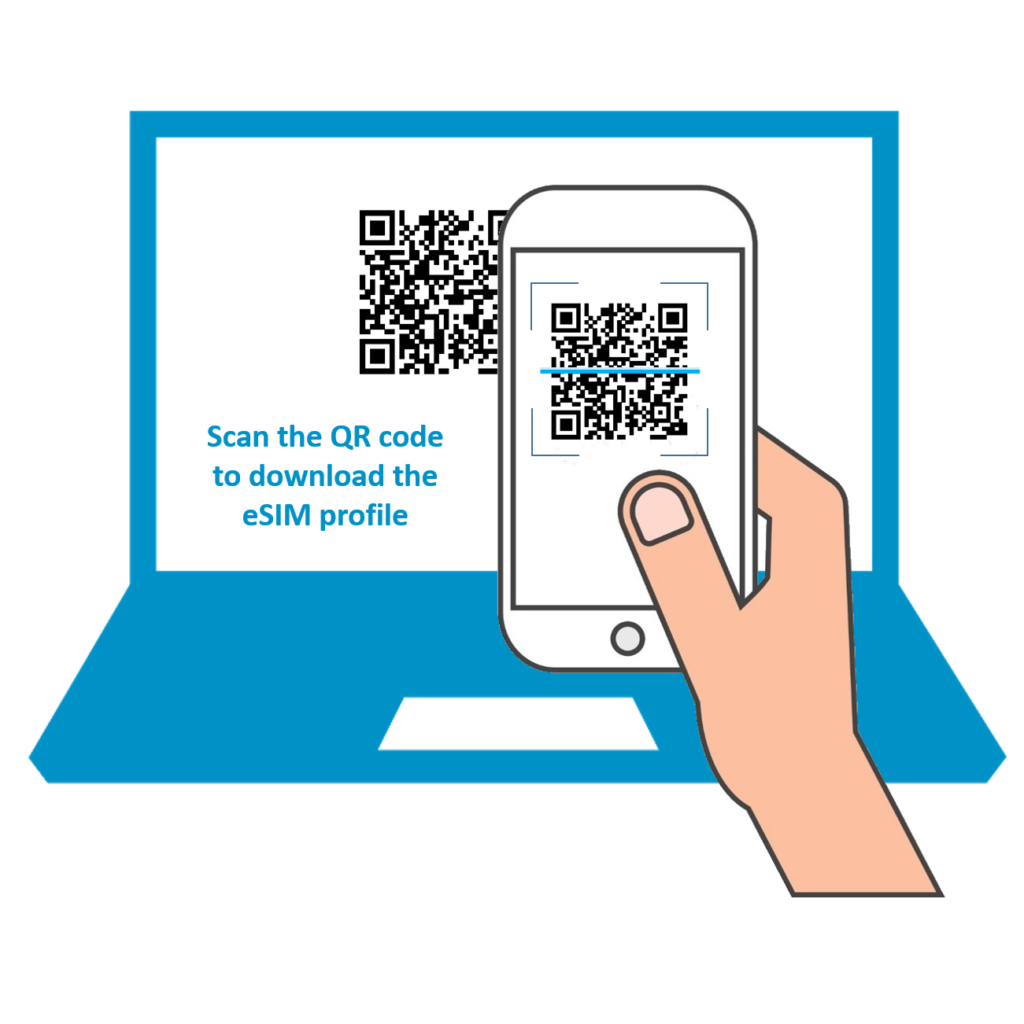
Don’t Just Look At The Data Look For Credit Validity
We’ve talked about the speed issue that you need to be on the lookout for. That’s not the only fine print that you’re going to want to read. To their credit most of the marketplaces and the stores that sell SIM cards within popular cities that tourists like to travel to let you know what the credit validity on a SIM card is. This is just the number of days that you have to use up the data that you’ve bought. Not just the data, actually with SIM cards that give you calls the minutes also tend to have validity. If you’re going to be somewhere for 15 days you may want to just get the SIM card that has a credit validity of 30 days.
If you get the 30-day card that usually means that you’re also buying the card with the most credit. In 15 days you’re likely not going to be running out of data or minutes if you use them wisely. The problem is if you buy the 7-day card for a 5-day stay you could be cutting close on the amount of data that the card offers. Usually buying the 10-day card is going to be a lot cheaper than buying two 7 day cards. For the most part you’d rather purchase more credit validity than you need. That’s always going to come with more data. That way you can be confident that you’ll be ok to use your phone abroad throughout the duration of your trip.

Can You Use Your Phone As You Normally Would With An International SIM Card In It?
Yes, and no are the true answers here. It comes down to what your regular phone use looks like. Again with speed, but depending on the SIM card that you purchase the first difference that you’re going to potentially notice is that speed is going to drop considerably from what you’re used to locally. Especially if you’re already someone who’s used to having a 5G connection the whole time. Another thing that may have to change for some people is their actual usage of the device itself. Unless they are fully on board with spending north of maybe 50 dollars just for phone coverage when they’re abroad.
Why are we saying this? Well, if you’re used to streaming series, or long videos with your unlimited data, that’s probably not something that you’re going to want to do with a foreign SIM card on your iPhone. What’s typically going to happen is that you’re going to quickly run out of data and have to recharge. The benefit of getting an eSIM in this case particularly one from a marketplace like Airalo is that you’re going to be able to quickly recharge on the app. You could do the same with some of the traditional options. It may be a bit more complex though to access your Vodafone account from your phone and things like that. Usually you’ll want to use up as little data as you can.
